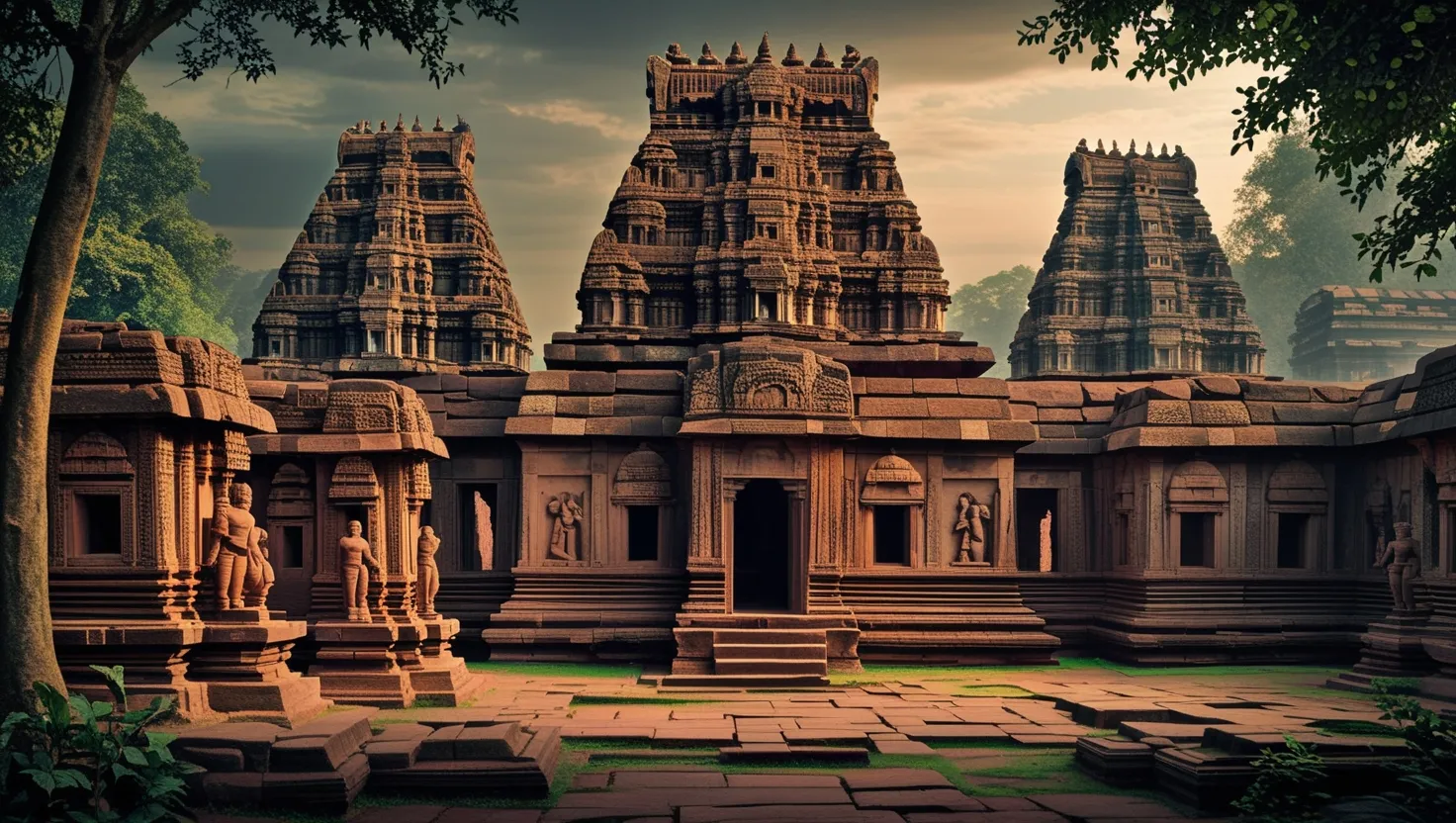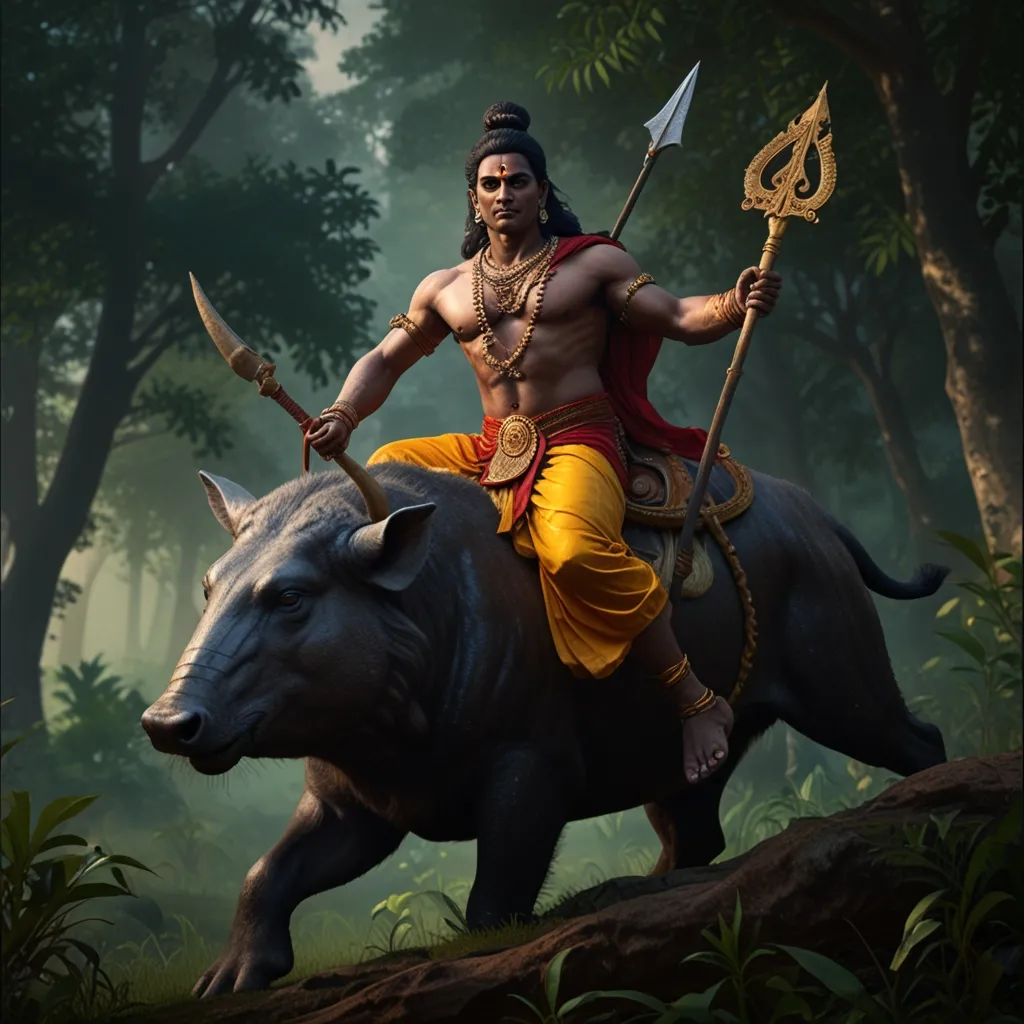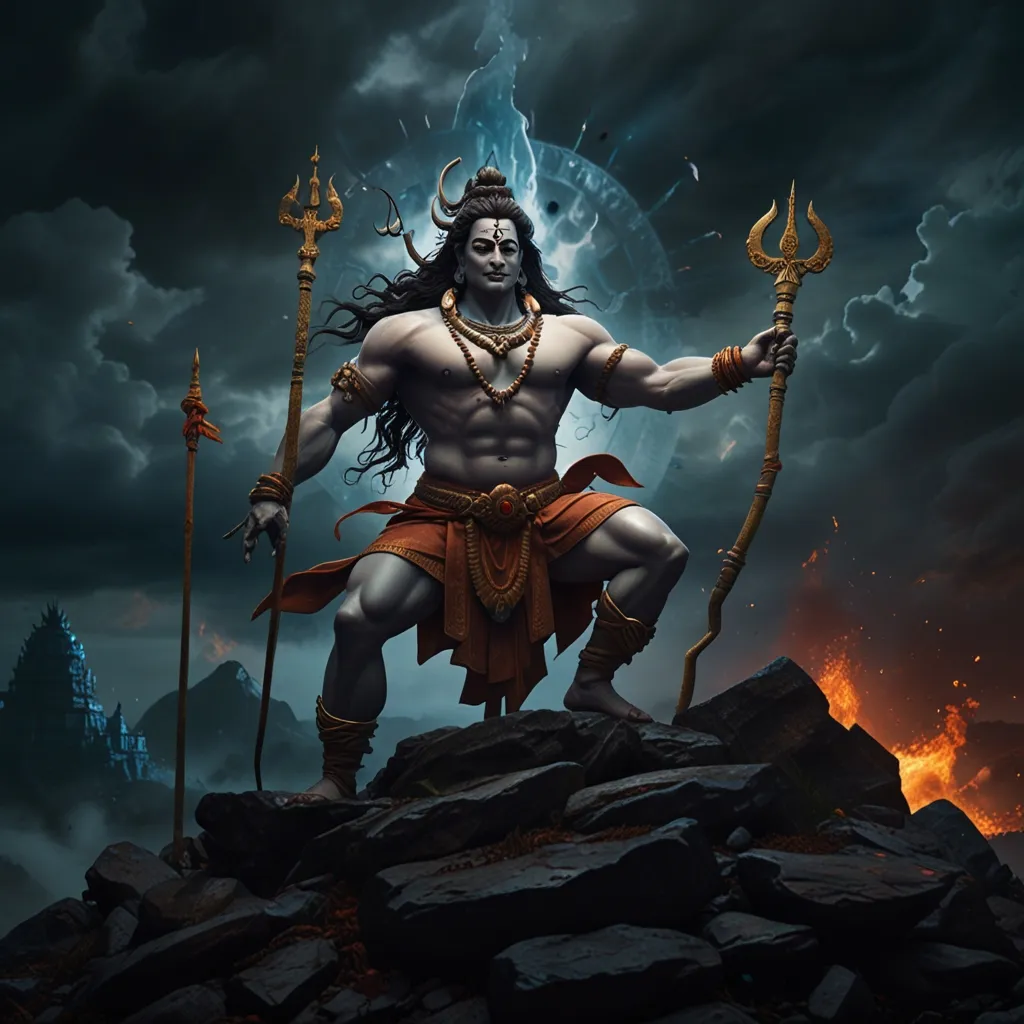In the world of Hindu mythology, few tales hit you right in the feels quite like the story of Sati. It’s a rollercoaster of love, sacrifice, and transformations that’s been passed down through generations. Let’s dive right into this legendary saga.
Sati was the daughter of Daksha, a powerful sage known for laying down the law for mankind. Against her father’s wishes, Sati fell head-over-heels for Shiva, the rebel god chilling in the mountains of Kailash. Shiva, with his ascetic lifestyle and profound wisdom, wasn’t exactly the son-in-law Daksha had dreamt about. In fact, Daksha saw Shiva’s unconventional ways as a big threat to the order he wanted to keep.
Determined to marry Shiva, Sati didn’t back down. At her grand Swayamvar ceremony, where she was supposed to pick her husband from a lineup of princes, she made a bold move. Ignoring all other suitors, she placed the wedding garland around Shiva’s statue. Shiva, totally impressed by her devotion, appeared before her and they got hitched.
Despite their beautiful union, Daksha’s dislike for Shiva kept growing. Things came to a head when he organized a grand Yagna (a sacred ritual) and didn’t invite Shiva and Sati. Ouch. Hurt but determined to mend things, Sati decided to go to the Yagna anyway. Shiva knew this was a bad idea, but Sati was unstoppable.
When Sati showed up, her father’s disdain was on full display. He hurled insults at Shiva, pushing Sati over the edge. Crushed and furious, she chose to self-immolate in the sacrificial fire. Her tragic act was a mix of deep love for Shiva and defiance against her father’s cruelty.
Different versions of the tale describe her self-immolation in their own ways, but the essence is the same: Sati’s act symbolizes ultimate love and sacrifice. Shiva was devastated upon hearing about her demise. Overcome with sorrow, he carried her body, mourning his loss. The other gods, fearing his grief might destroy the universe, intervened and dismembered her body. The places where her body parts fell became sacred sites known as Shakti Peethas, still revered today.
Sati’s story doesn’t end with her death. She was reborn as Parvati, another powerful incarnation of the goddess Shakti. Parvati’s life with Shiva further cements the deep, cyclical connection of love and life in Hindu mythology. Their intertwined destinies speak volumes about the enduring power of love.
The act of self-immolation by widows, historically known as Sati or suttee, has roots in this myth. Though it’s a controversial practice, it was once seen as the ultimate display of a wife’s devotion. This tradition, tragic and heroic, has made its way into various forms of literature and art over time.
Today, Sati’s story continues to resonate. It’s a complex mix of human emotions, sacrifices, and love that still captures our hearts. Whether you see it as a myth or a slice of history, Sati’s tale speaks to the incredible power of love and the spirit’s ability to endure and transform.
This mythological story has left a lasting mark beyond just tales. It’s influenced countless works of art, literature, and aspects of culture, positioning Sati as one of Hindu mythology’s most enduring figures. Her legend is a profound testament to love, sacrifice, and transformation that continues to move us, even in today’s world.






